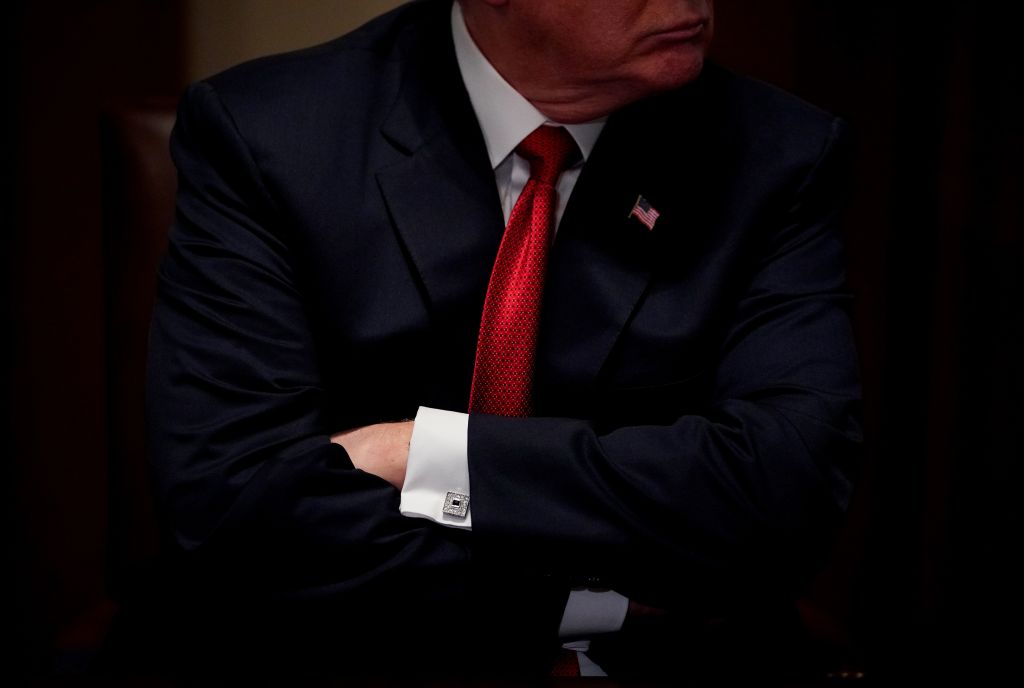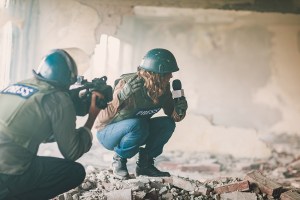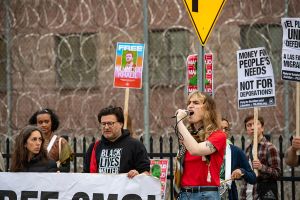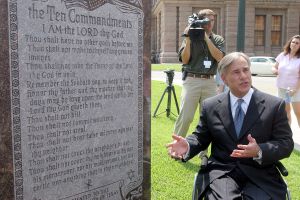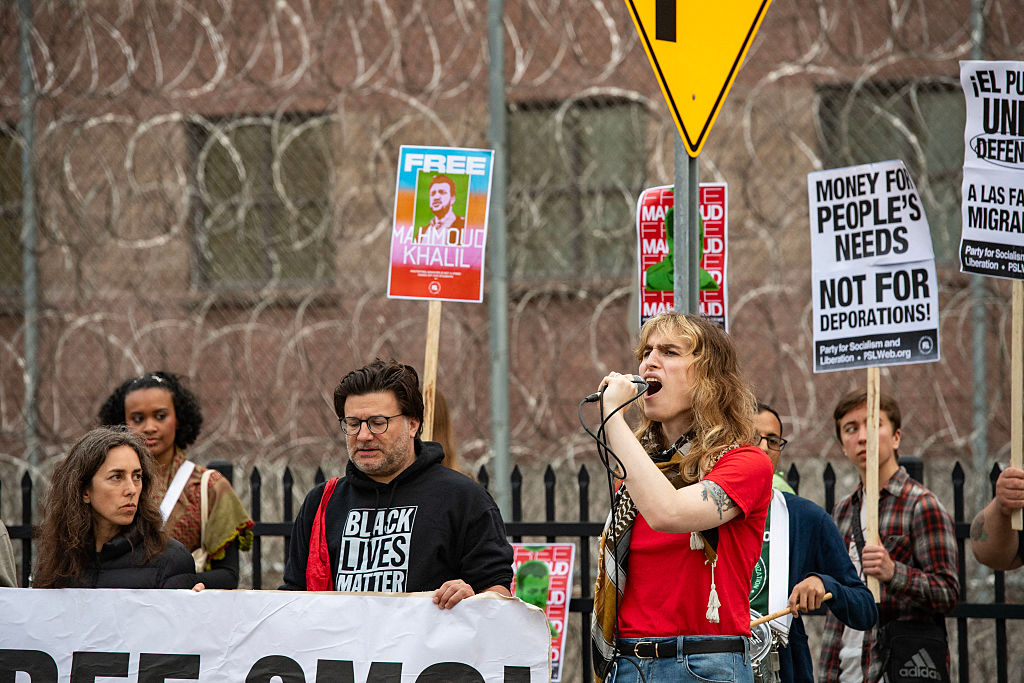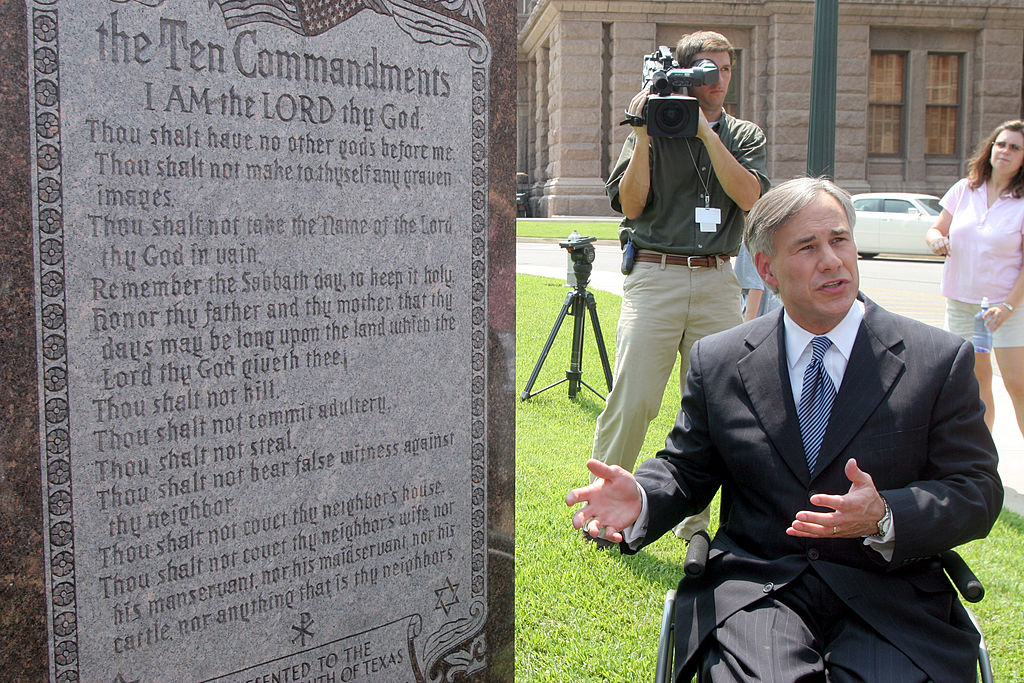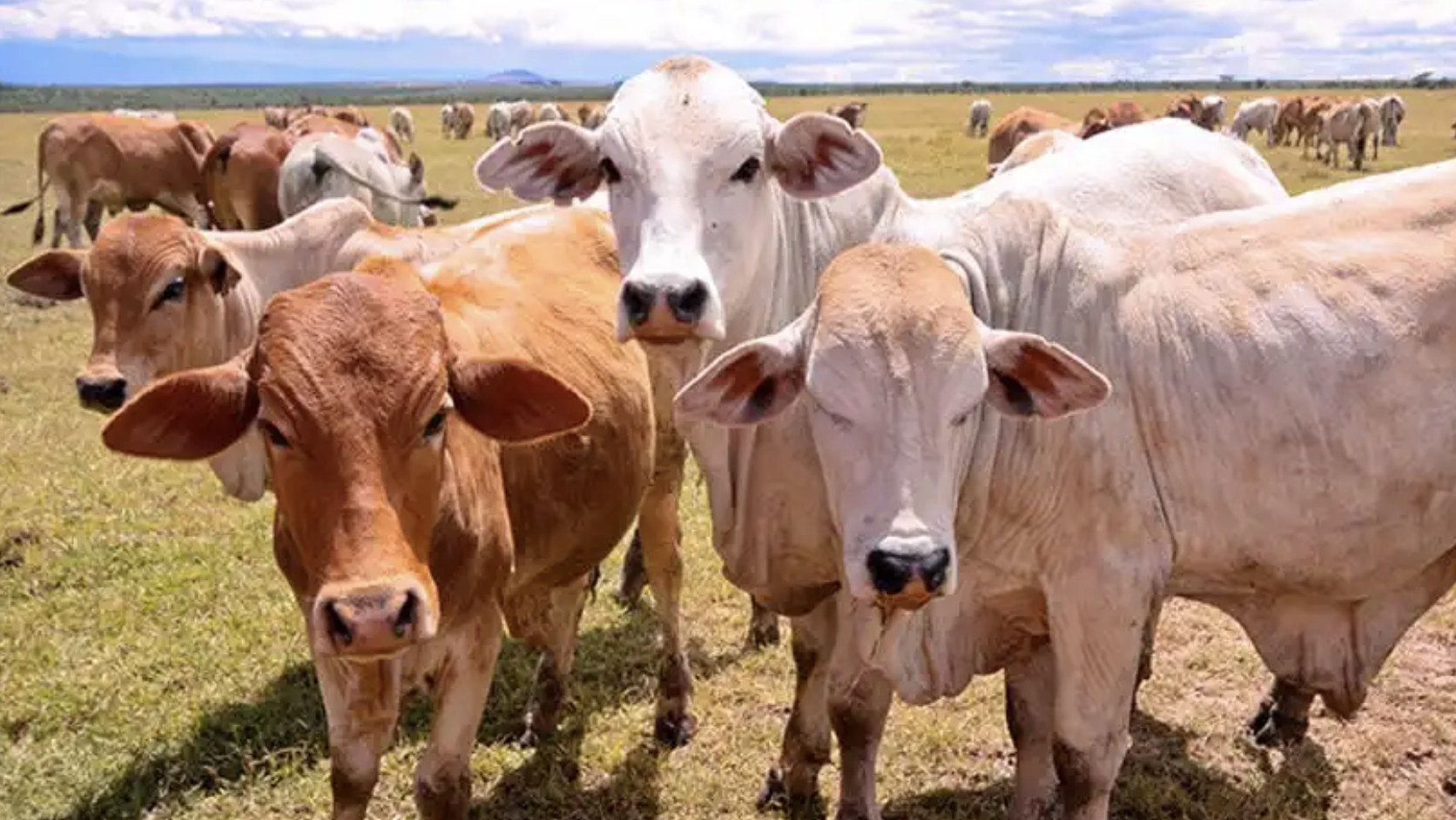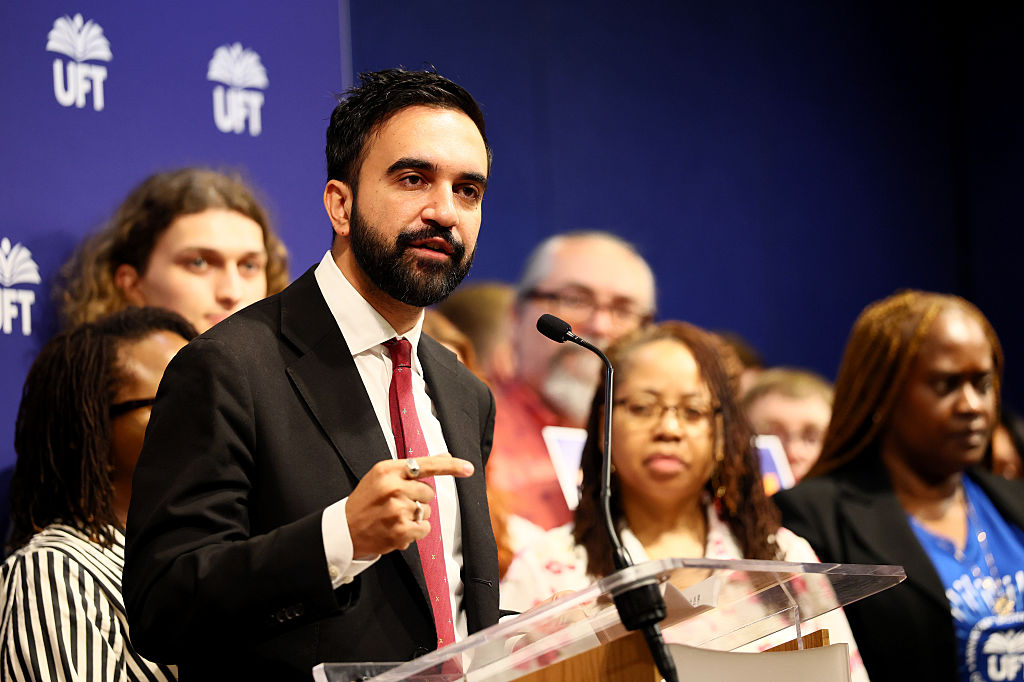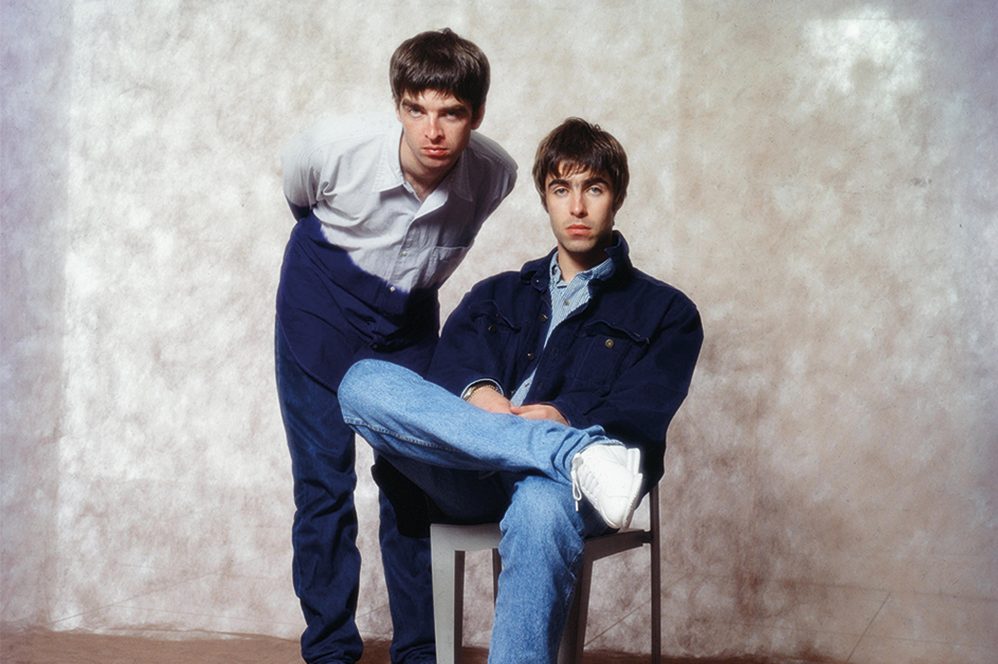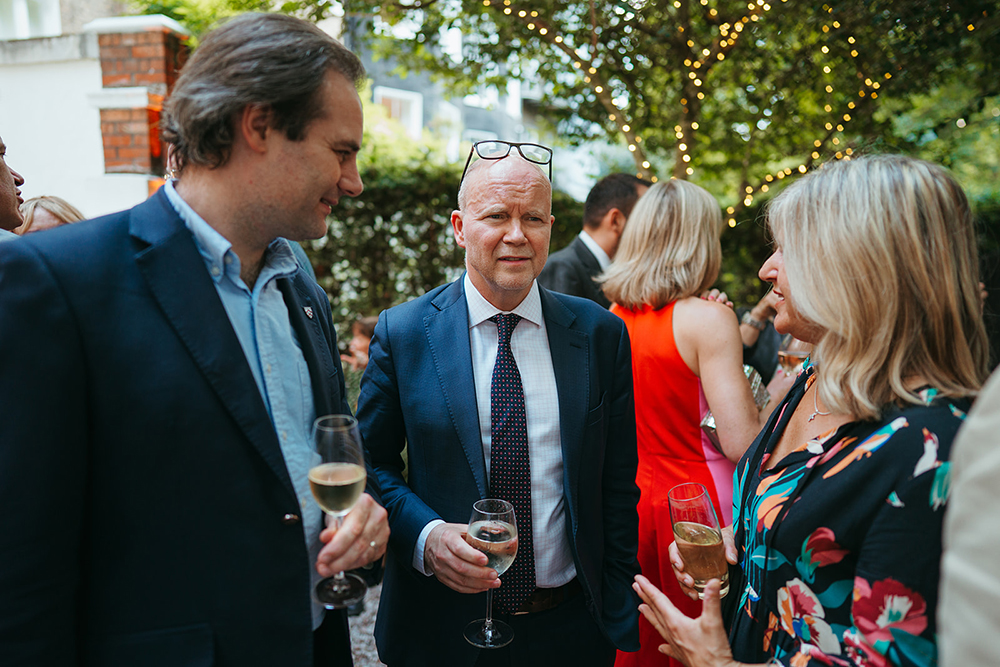Before he died last year, the New York muckraking reporter Wayne Barrett told me he had discovered ‘25 to 30’ connections between Donald Trump and the mob. He was talking about Italian-American organised crime but today another New York journalist, Craig Unger, says he has found ‘59’ links to the Russian mafia. He lists them all in his new book House of Trump, House of Putin, which is damning in its accumulation of detail, terrifying in its depiction of the pure evil of those Trump chose to do business with, and enraging in that — if Unger is right — Trump acted with impunity for decades to get filthy rich laundering the mob’s blood money. This is the man who now sits in the Oval Office, Unger says. In fact, he argues, they put him there.
House of Trump, House of Putin starts with Trump’s early days in business, when his lawyer was Roy Cohn, who was also consigliere to two of the five New York Italian crime families and ‘the most evil, twisted, vicious bastard ever to snort coke at Studio 54’. There were mafia figures like ‘Sonny’ Franzese, a hitman who was recorded helpfully explaining how to get rid of the bodies: ‘Dismember victim in kiddie pool. Cook body parts in microwave. Stuff parts in garbage disposal. Be patient.’ When one of these Italian gangsters met Trump to buy an apartment ‘he opened his briefcase and $200,000 in cash spilled out on Trump’s table’.
To the Russians, this was small time. Unger retells a story of Barrett’s that when a Red mafiya boss, David Bogatin, came to Trump Tower, he met Trump himself and immediately bought five apartments for $6 million in cash (about $14.5 million today). Trump didn’t seem to wonder where this money might have come from. He was one of the first developers to discover that you could sell condos to shell companies that concealed the owners’ identities, Unger says. This allowed Russian criminals ‘to launder vast amounts of money’. Trump’s willingness to sell ‘no questions asked’ was so important, Unger believes, that he gave the Russian mafia a foothold in the United States.
The Trump Organization’s reply to this is that money laundering is ‘a problem for the whole real estate industry’. How are we supposed to know where anyone’s money comes from? Fuhgeddaboudit! It is a convenient alibi but not a persuasive one, given the large amount of such business done by the Trump Organization. Anders Åslund, a Swedish expert on Russian money laundering, is quoted in the book: ‘Early on, Trump came to the conclusion that it is better to do business with crooks than with honest people.’ An investigation by the news website BuzzFeed found that 1,300 condos in Trump buildings were bought by shell companies that paid cash, a fifth of his sales since the 1980s. Unger points to the Trump World Tower in Manhattan, where a third of apartments on the highest and most expensive floors were sold this way. And more than Trump’s customers, there are Unger’s other links between Trump and suspect Russians. As Oscar Wilde might have said: ‘To have one Russian mafia connection may be regarded as a misfortune; to have 59 looks like carelessness.’
But how do you get from dodgy real estate deals to the presidential election and the claim by one former CIA officer to Newsweek, which Unger quotes, that ‘Trump is actually working directly for the Russians’? This part of the narrative is familiar, if unproven: after four visits to the bankruptcy court and piling up $4 billion in debt, Trump couldn’t get the US banks to lend to him. Russian buyers and Russian capital were keeping him afloat, says Unger. There was a new joint venture with a company called Bayrock, run by a Russian-American, Felix Sater, who was a former mobster and convicted felon. That short description does not do justice to ‘one of the most enigmatic figures in the entire Trump-Russia saga’ and Unger devotes a long section of the book to him. A source tells him that Sater worked for Semion Mogilevich, reputedly the most powerful – and feared – of Russian mafia bosses. Sater’s lawyer emphatically denies that relationship. One member of Mogilevich’s organization has told me, however, that Sater was Mogilevich’s ‘shamas’ in the United States, a Yiddish term for the clerk who manages a synagogue’s day-to-day affairs.
As a former KGB general and defector, Oleg Kalugin, tells Unger: ‘The Mafia is one of the branches of the Russian government today,’ It is claimed, therefore, that Vladimir Putin could use Trump’s real estate sales to keep an eye on what oligarchs, criminals, and corrupt officials were doing, to know where exactly the ‘flight-capital’ from Russia was going and who had it. This was, allegedly, one side of the ‘exchange of information’ that the former MI6 officer Christopher Steele wrote about in his infamous dossier. The relationship was so important to the Kremlin, Steele believes, that they arranged financing for Trump with Deutsche Bank — the German bank secretly indemnified with deals of equal value from Russian banks. This is why the Senate intelligence committee has made such efforts to get hold of records from Deutsche Bank. What, if anything, they have found is not public.
There are two halves to claims of a Trump Russia conspiracy: one that the US President has been bought by the Kremlin; the other that he is being blackmailed, with a sex tape, or tapes. On this, Unger offers us Kalugin’s view that during Trump’s first visit to Russia, in 1987, the KGB would have put ‘many young ladies’ at his disposal and would have made tapes. Kalugin has told me he had no direct knowledge of an operation to tape Trump but he was the KGB general ultimately in charge of operations in North America (if not operations against Americans on Soviet soil) and his insider’s opinion is of immense weight.
President Trump’s supporters may be right that — despite Robert Mueller’s efforts to find it — there is no ‘smoking gun’ to show him in a conspiracy with either the Russian mafia or Russian intelligence. But take the wider question of whether the Trump campaign ‘colluded’ — whether wittingly or unwittingly — with the Kremlin during the election campaign. I’ve spoken to former American intelligence officers who say they have seen the intercepts of Trump’s people talking to various Russians. They say there is no single, damning piece of evidence, no one conversation that reveals the whole ‘conspiracy’. But there are a strangely high number of such contacts, a worrying pattern of things that cumulatively — in the view of at least one of those I’ve spoken to — support a case for collusion.
Unger has done an impressive job of putting some of the many allegations about Trump’s dealings with the mafia together in one place. House of Trump, House of Putin is like a pointillist work of art. It might be hard to see the significance of any one fact or any one story about Trump knowing this or that gangster. But step back, take it all in, and you see the whole, ugly picture Unger has painted.
Paul Wood is a BBC correspondent.



